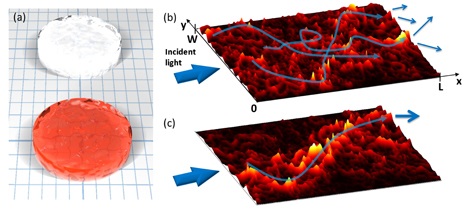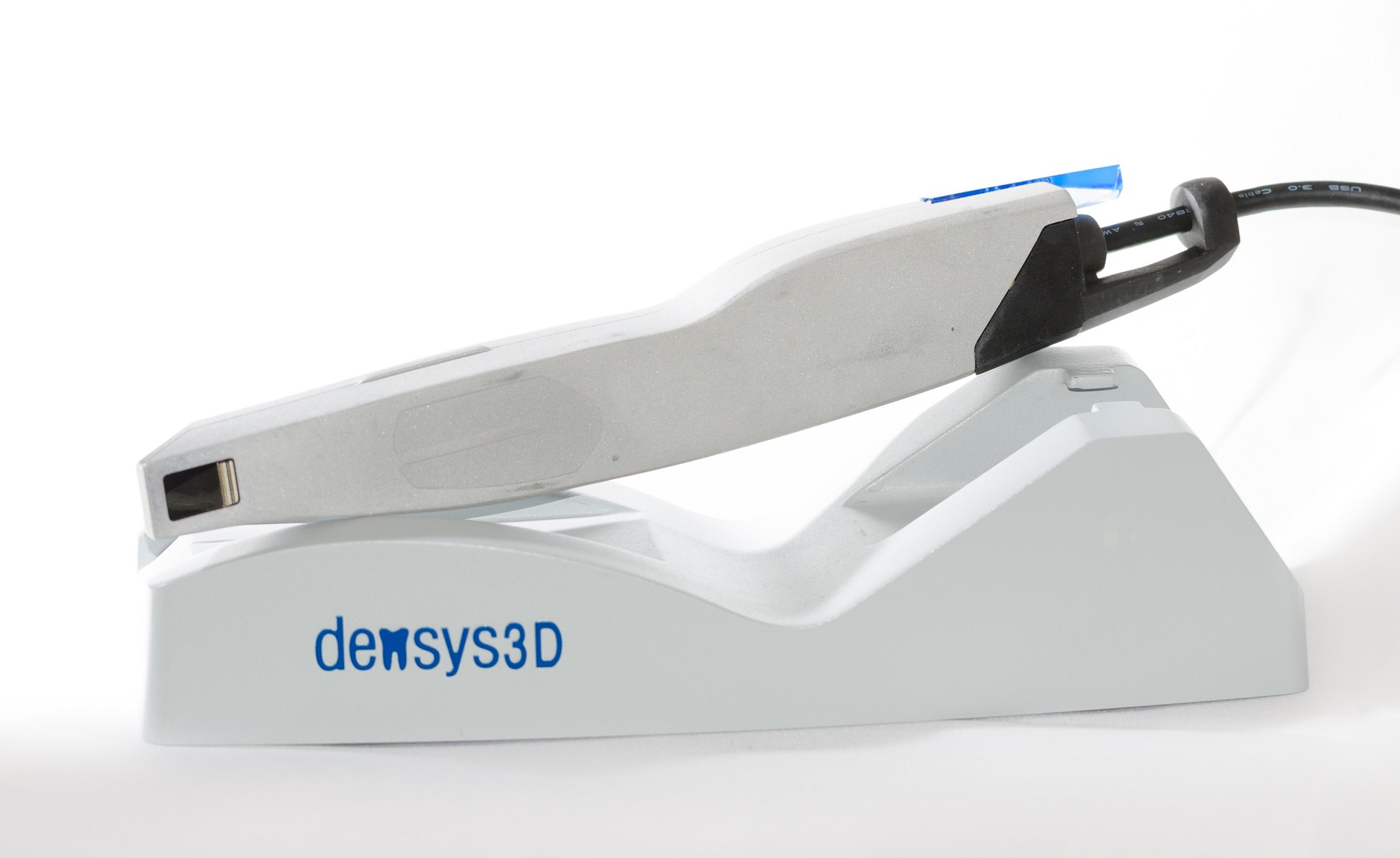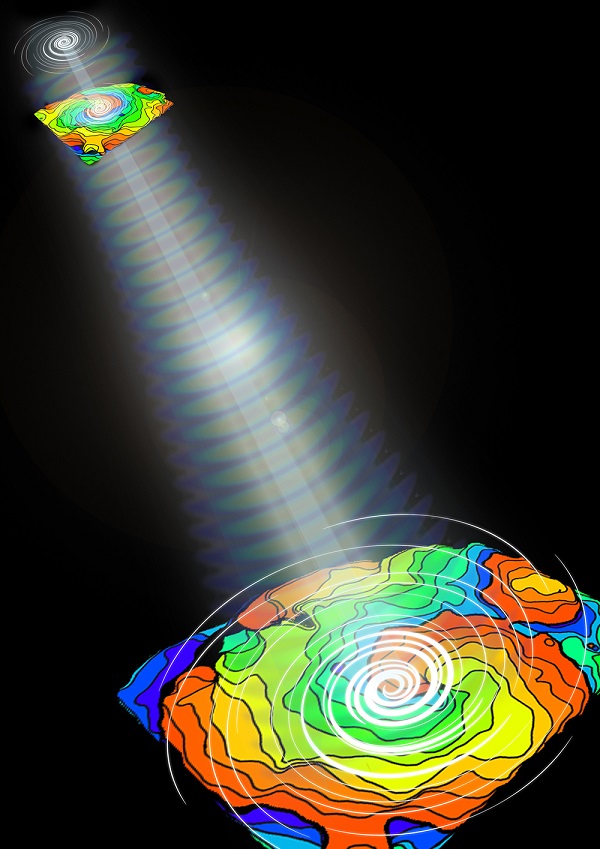July 3, 2014
By Jim Shelton
Yale scientists have found that opaque materials such as biological tissue straighten the scattered, maze-like patterns normally taken by light when it is absorbed.
The discovery may have implications for improving the quality of images seen through an array of matter, including paint and paper, as well as biological tissue. It also runs counter to common thought about what light absorption does to the images we see.
“It seems as if light wants to avoid absorption by going along straight paths,” said Hui Cao, a Yale professor of applied physics who was part of the Yale team collaborating on the research with scientists in the Netherlands. “In other words, information can be transmitted with less scrambling.”
The discovery appeared recently in the journal Physical Review B, published by the American Physical Society.
Yale researchers conducted light absorption simulations on campus with 40 random materials, exposing them to controlled light. The team worked up a numerical calculation for each simulation.
When there was no absorption, light scattered dramatically through the material. This is because of a dispersal of photons similar to the paths one would follow through an elaborate maze.
However, when absorption occurs, those paths take a more direct route through the material.
“At the same time, you can recover the structural information of an object located behind an opaque medium much more easily,” said Seng Fatt Liew, a graduate student in applied physics at Yale and first author of the paper, “Transmission channels for light in absorbing random media: From diffusive to ballistic-like transport.”
Liew said the work should have real-life applications, particularly with biological tissue, as scientists begin to explore ways to shape and manipulate light absorption. “You can potentially image deeper into the tissue,” he said.
Sebastien Popoff of Yale’s Department of Applied Physics also worked on the project. The team collaborated with Allard Mosk and Willem Vos, professors from the Complex Photonics Systems chair at the MESA+ Institute for Nanotechnology of the University of Twente in the Netherlands.
The research was supported by a grant from the National Science Foundation, the European Research Council, the Dutch science foundations NOW and FOM and by the Dutch Technology Foundation STW.













